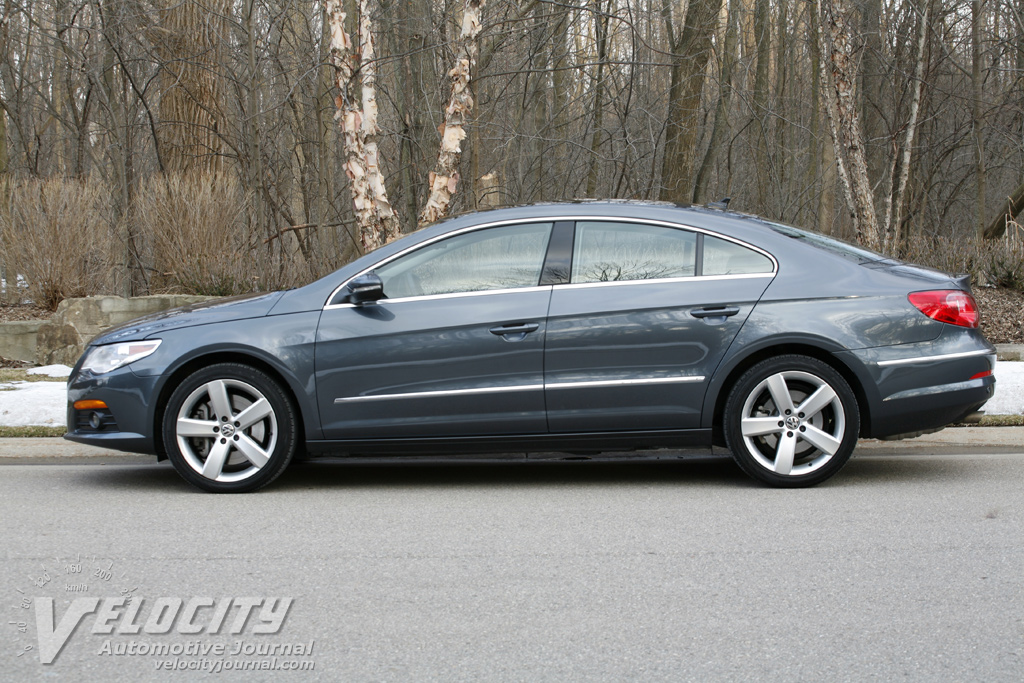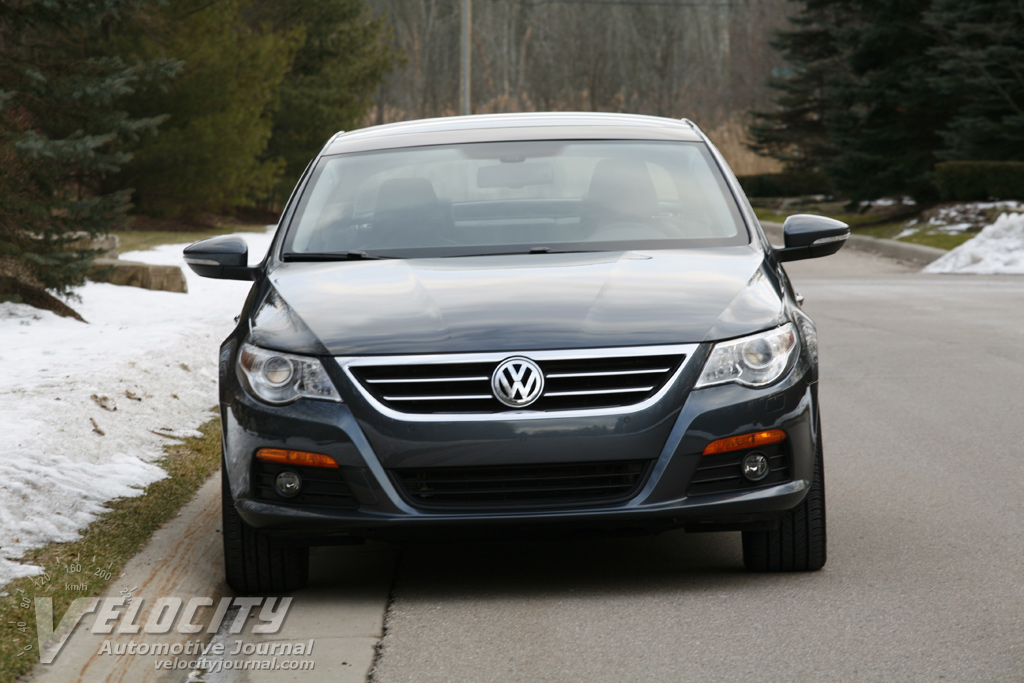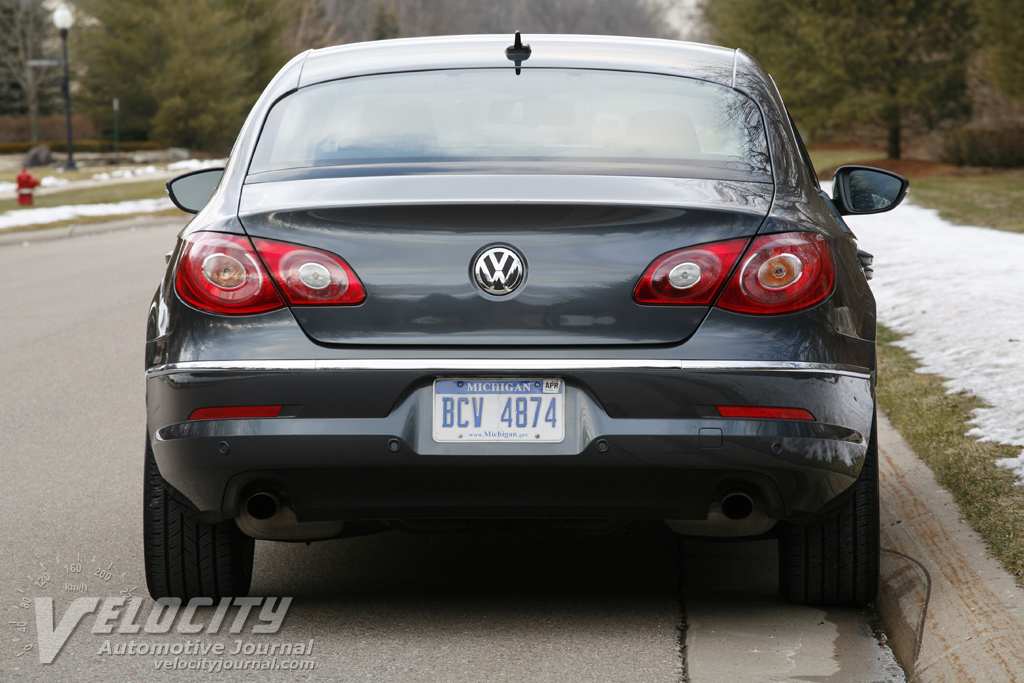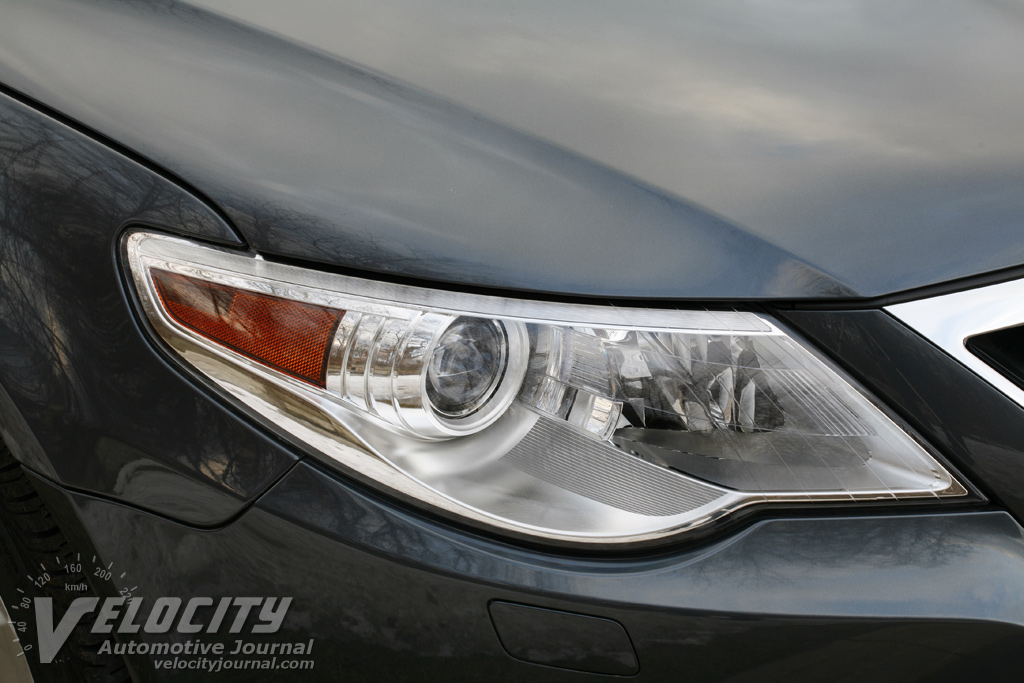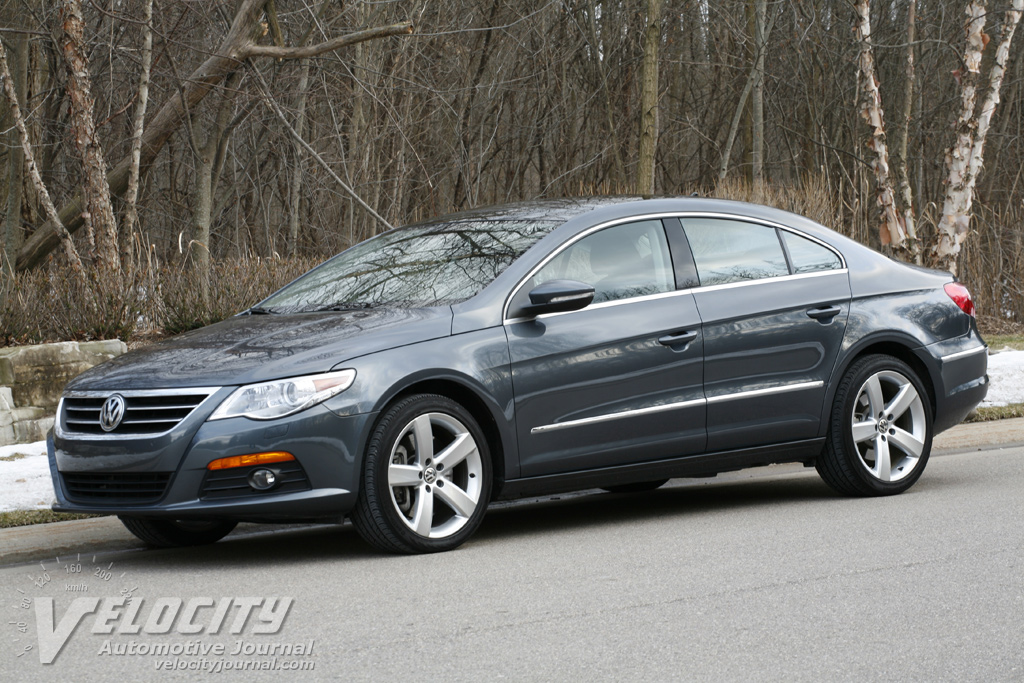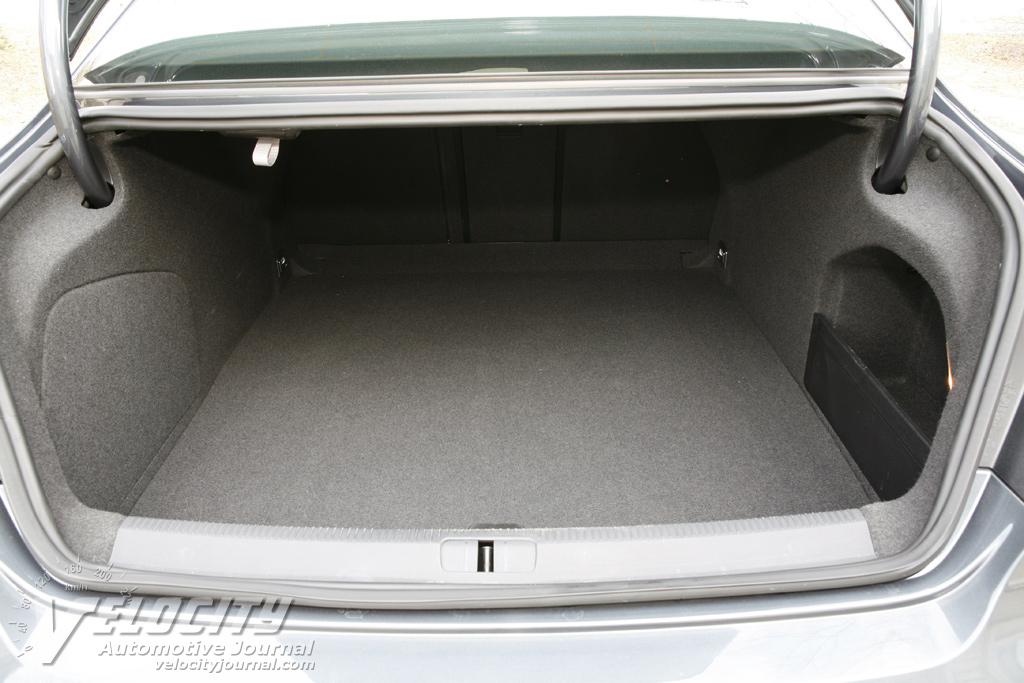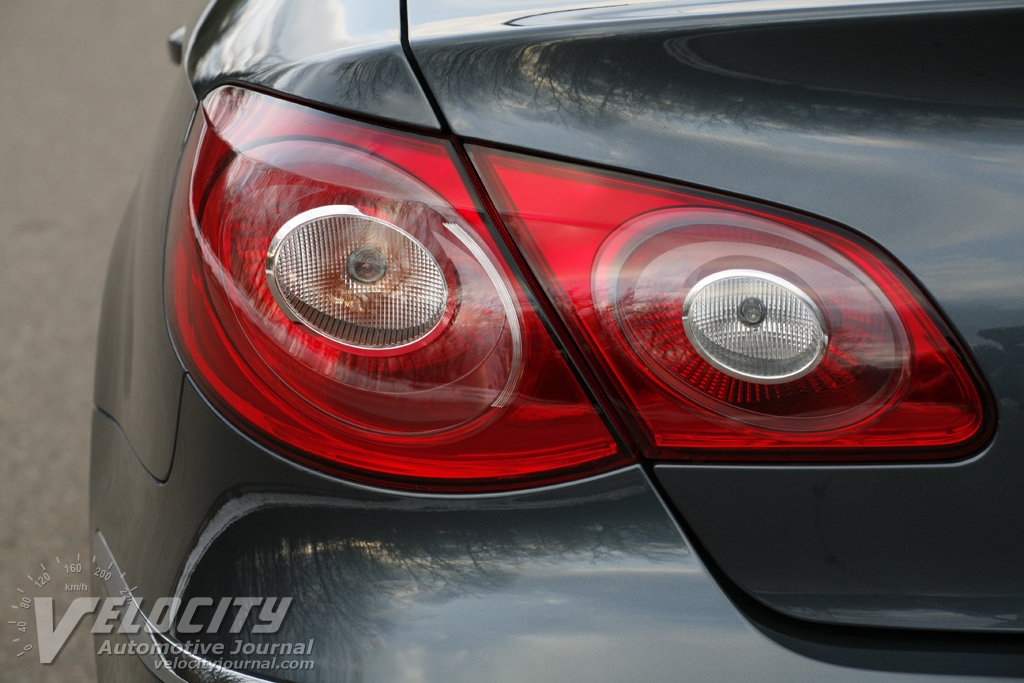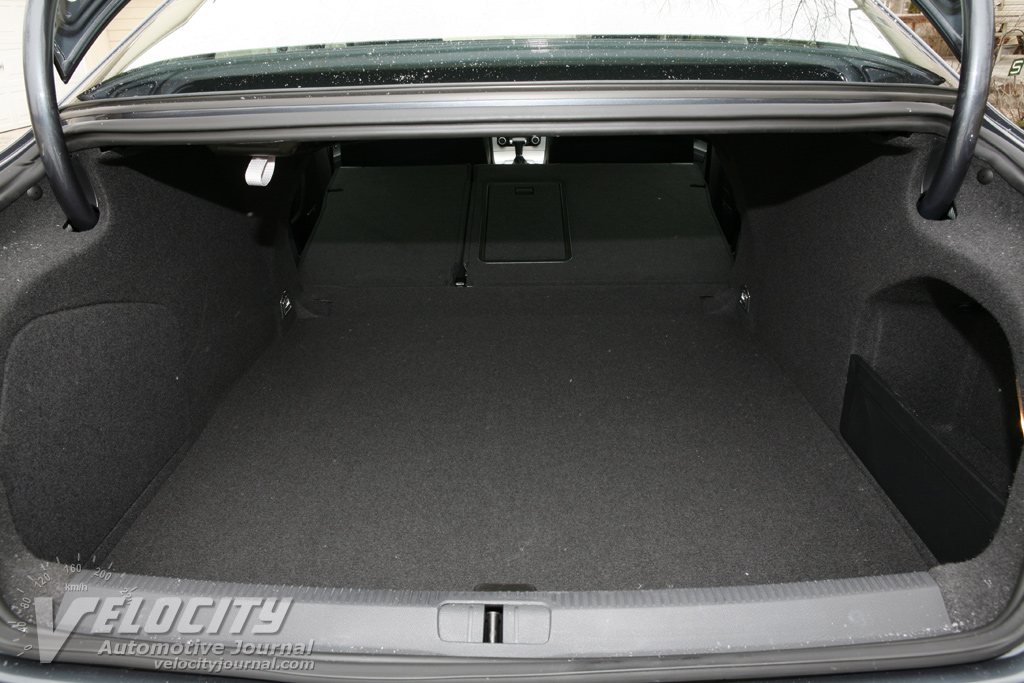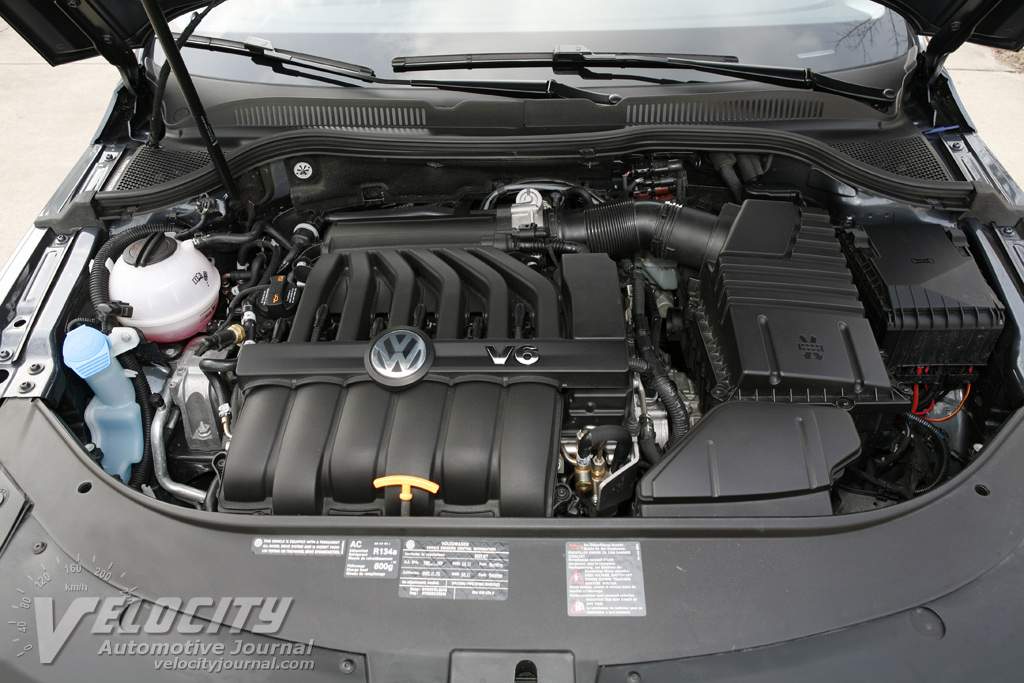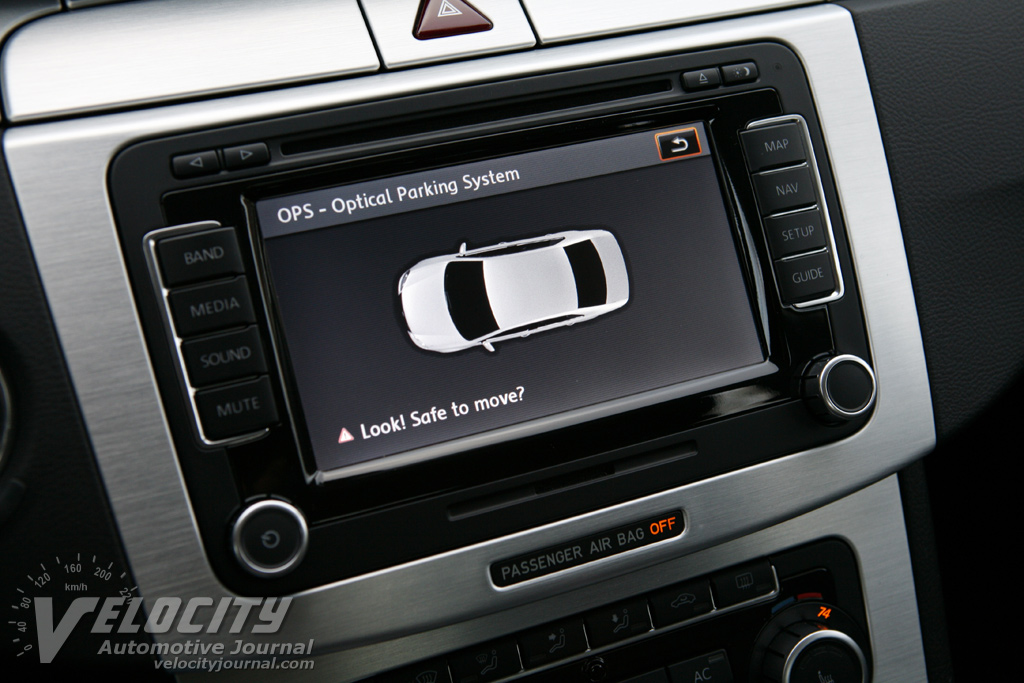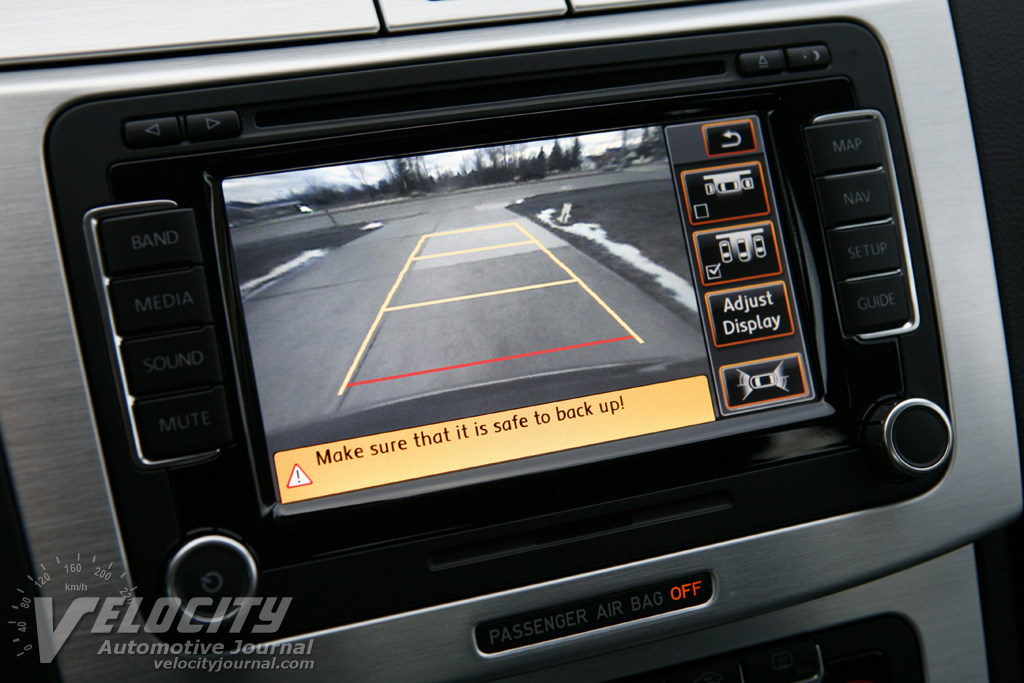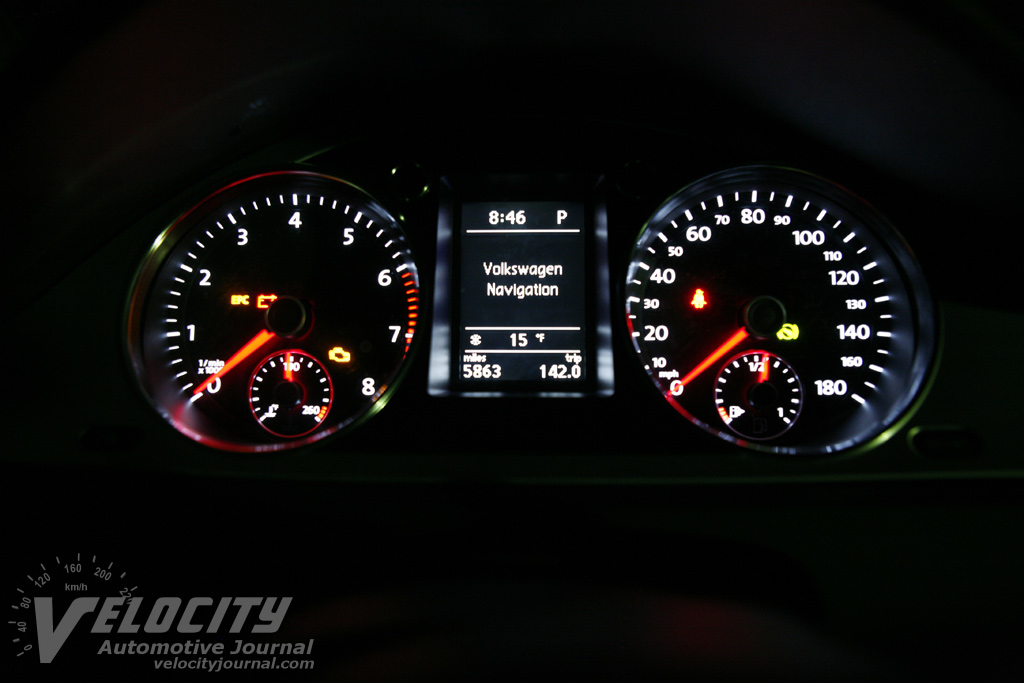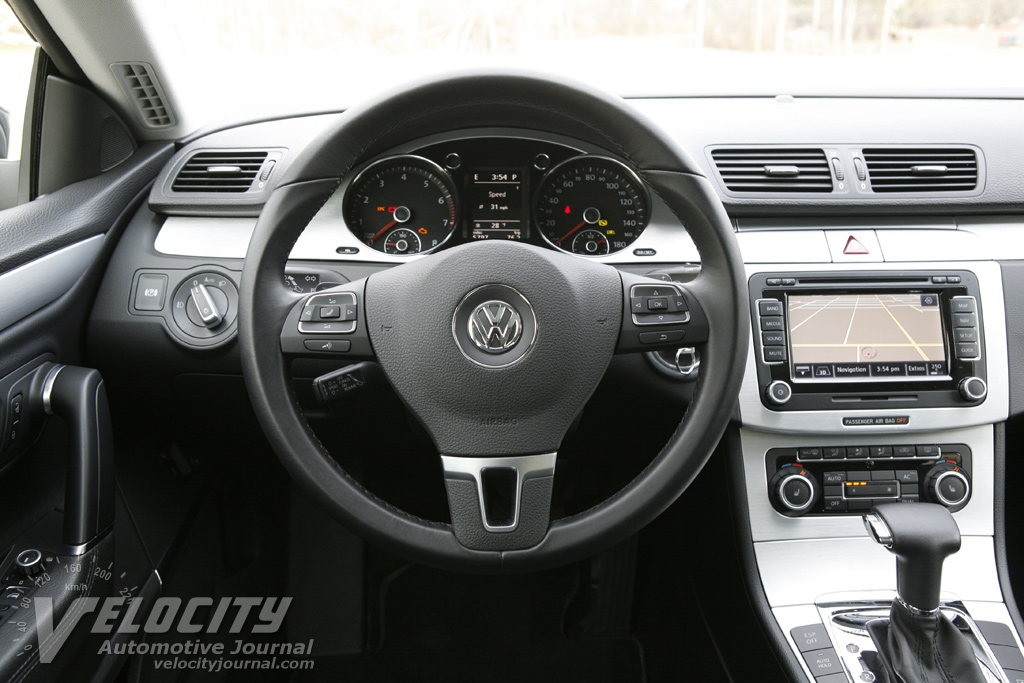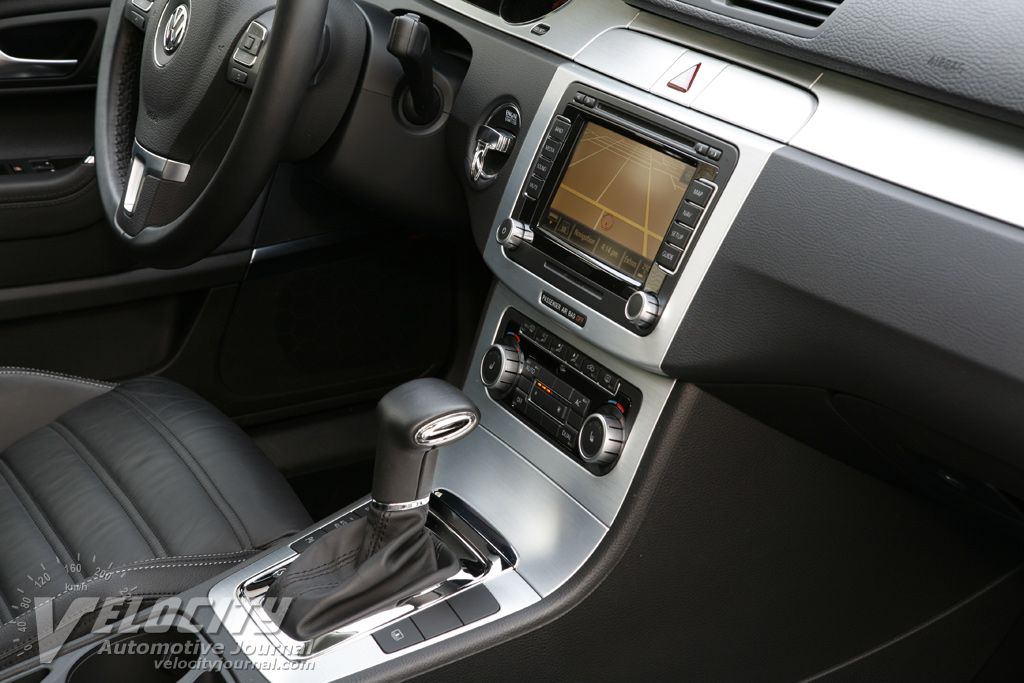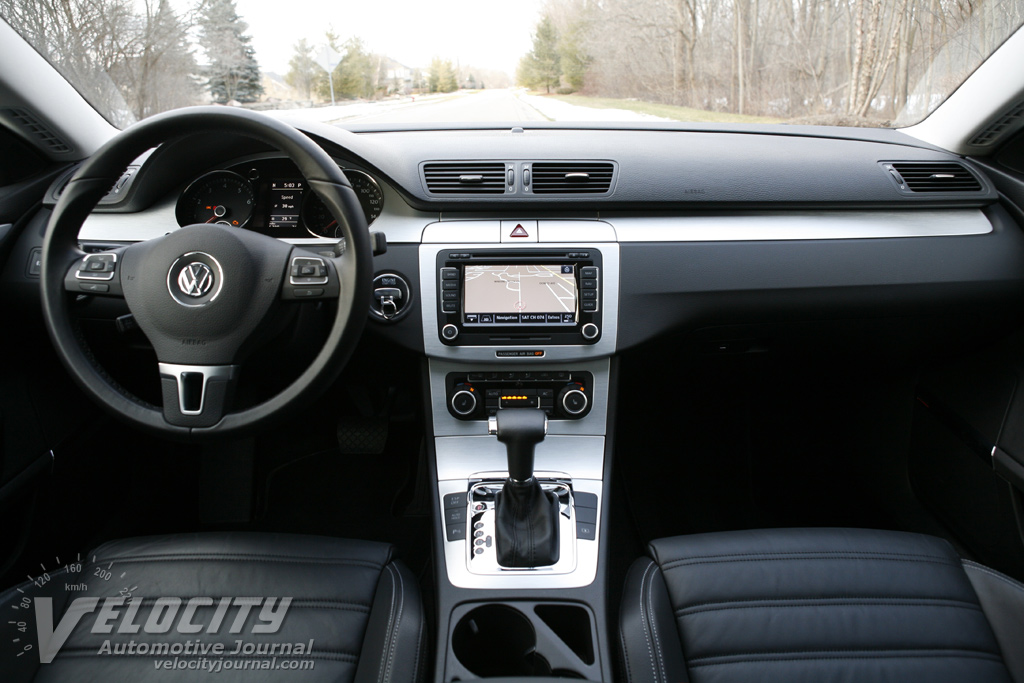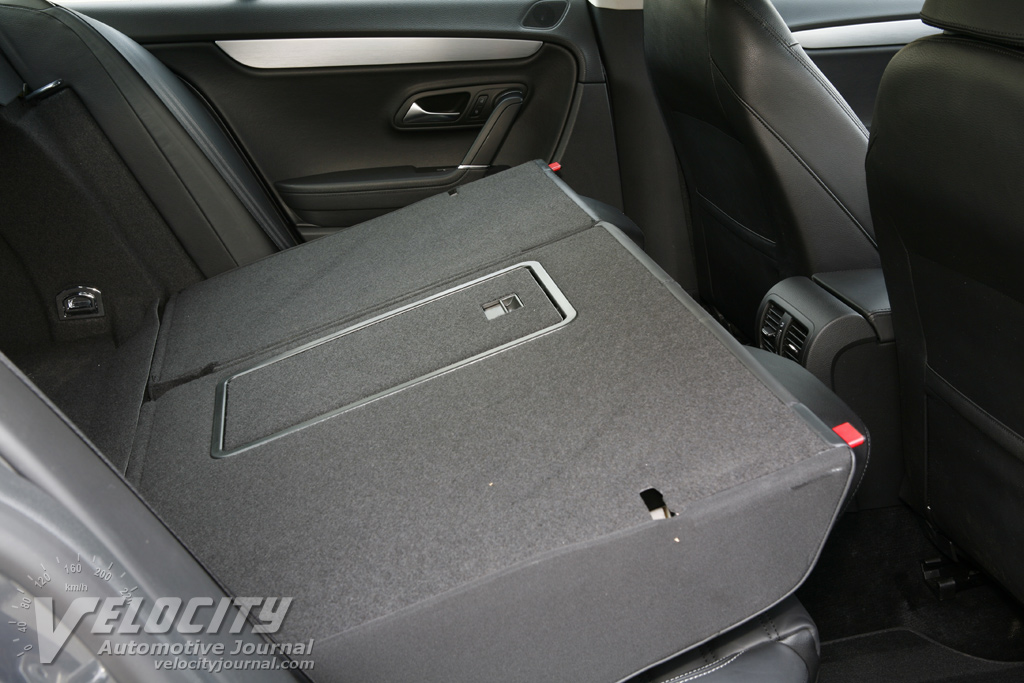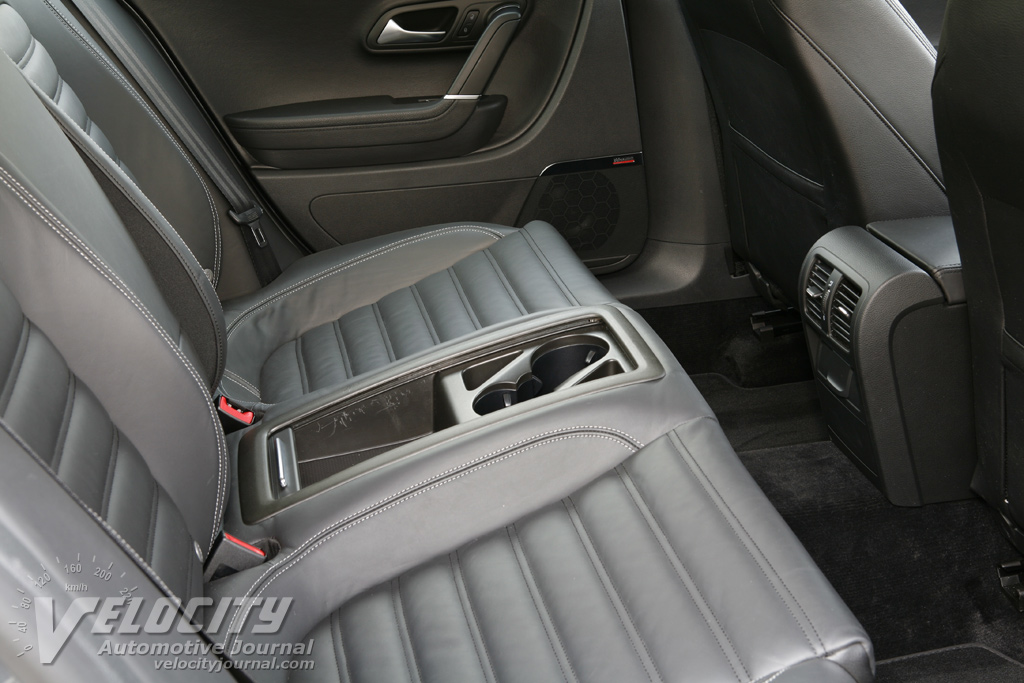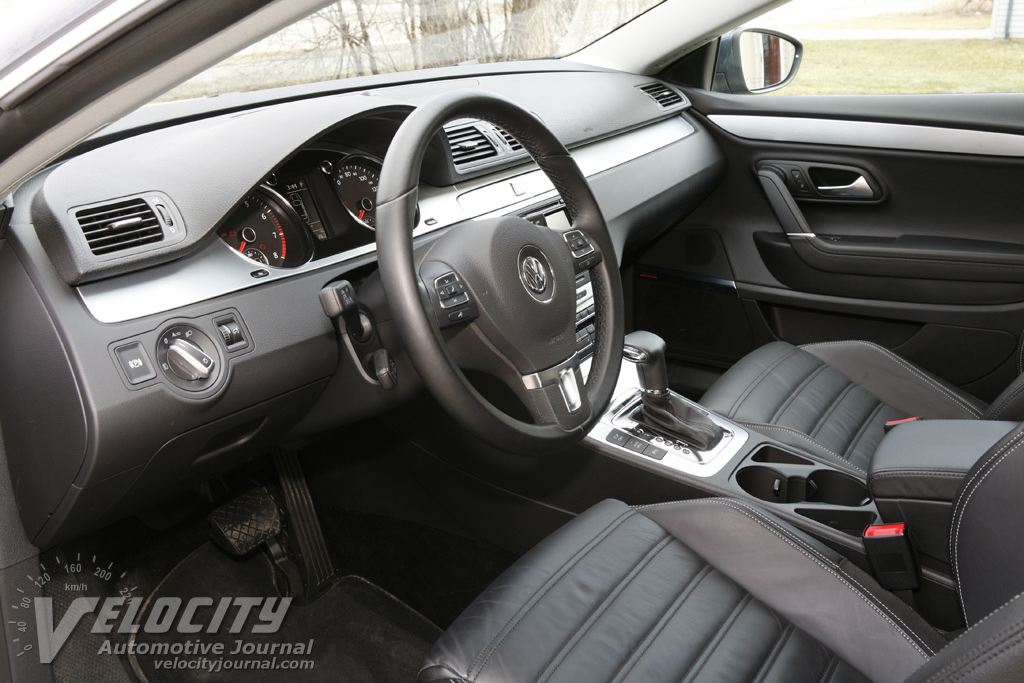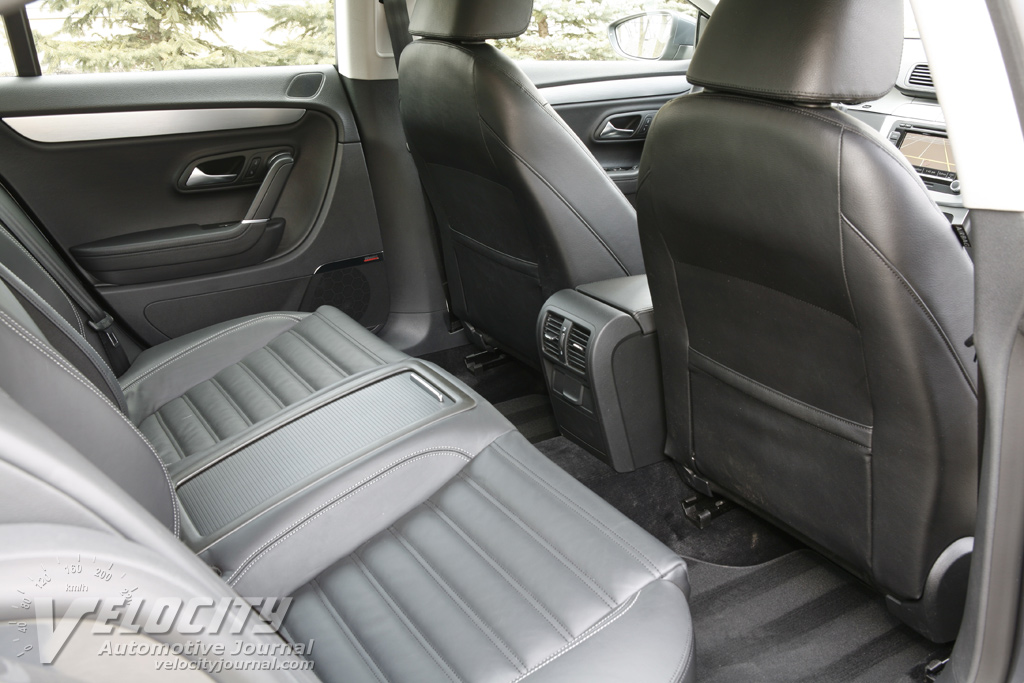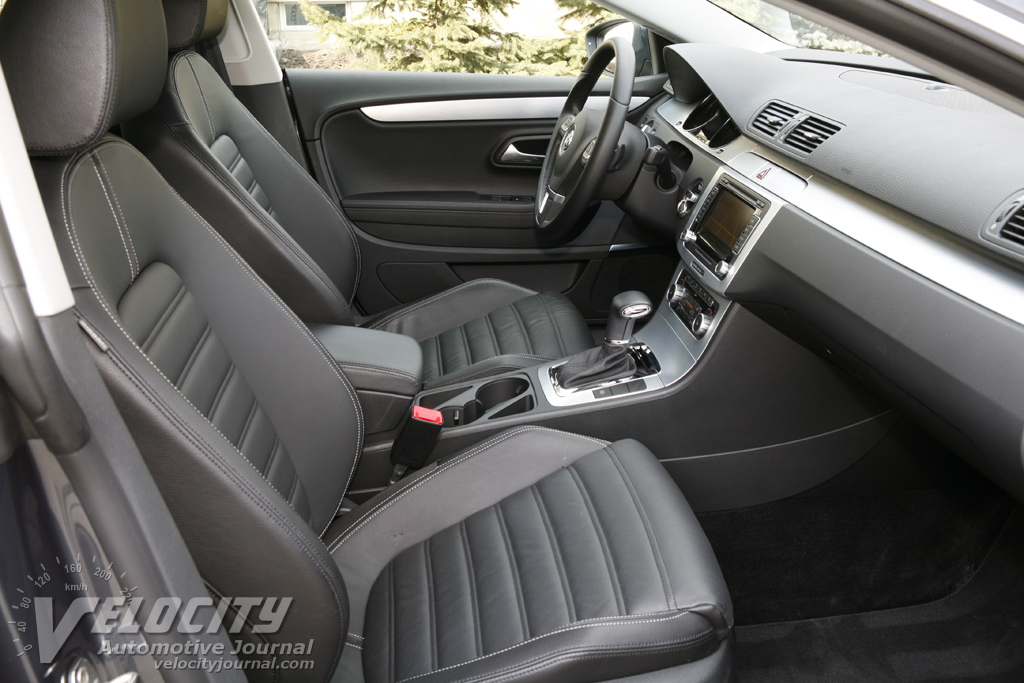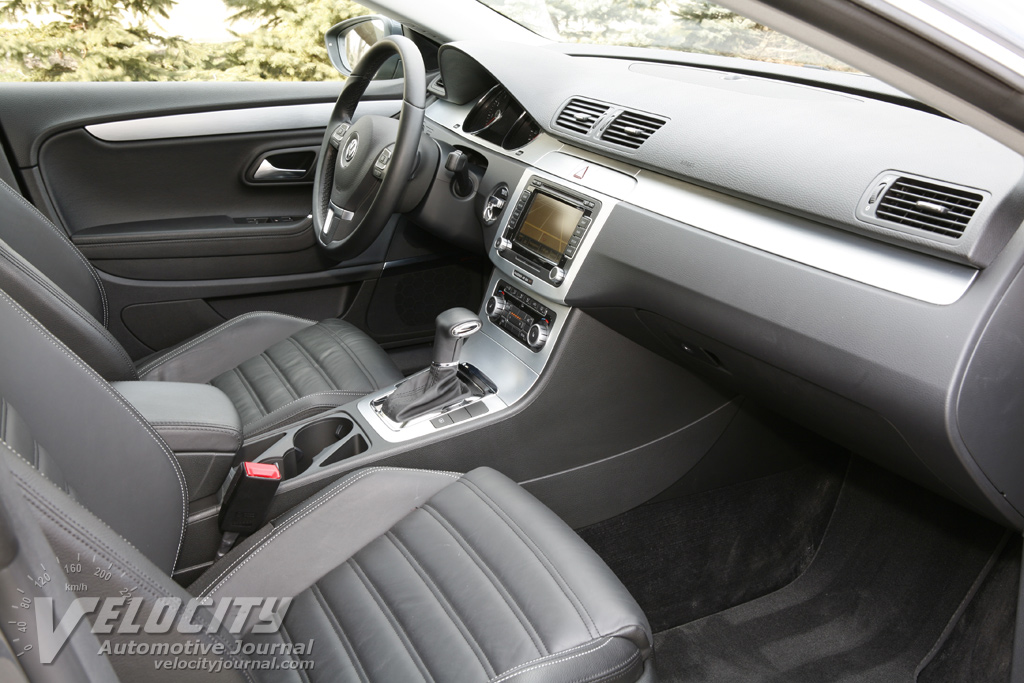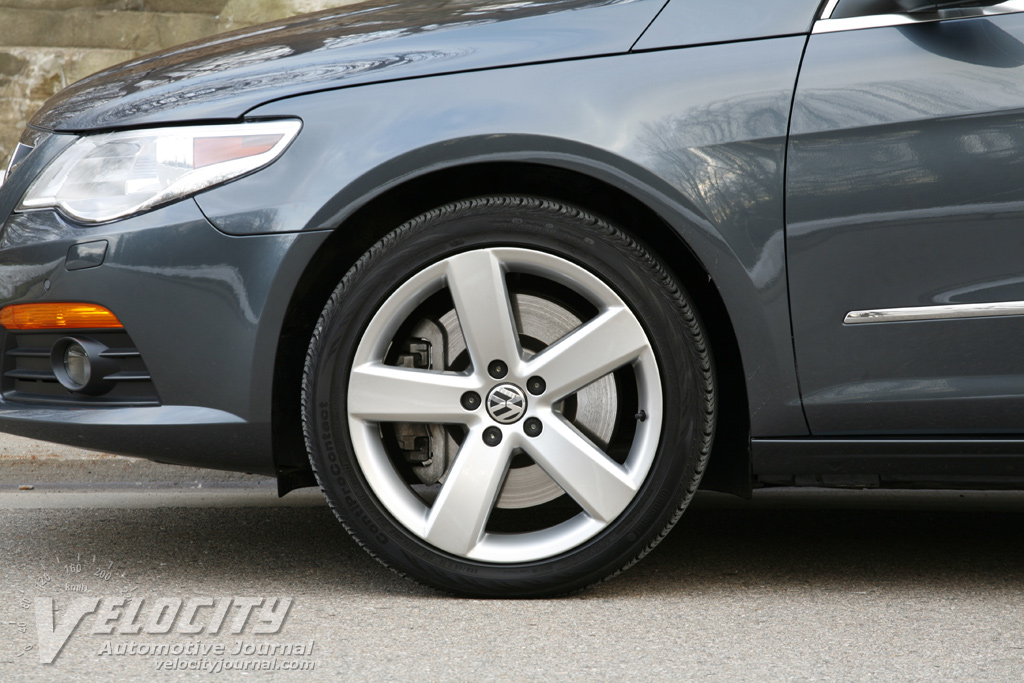2009 VW CC VR6 4Motion
02/27/2009
Shahed Hussain
In the niche market for four-passenger sedans resides the Mercedes-Benz CLS, and now the Volkswagen CC. Based closely on the mainstream Passat, the CC strives to reach customers willing to compromise rear passenger accommodations for a coupe-like roofline. While the Mercedes is significantly more expensive than the Volkswagen, the CC may steal a few sales from its rival. The more likely scenario is that car buyers will cross shop the CC vs. the Audi A4. Other alternatives such as the Lincoln MKS, Infiniti G35, Lexus ES350, Acura TL, and Cadillac CTS demonstrate just how crowded the entry luxury market has become.
The CC Sport ($27,100) anchors the bottom of the lineup, followed by the Luxury, VR6 Sport, and VR6 4Motion at $39,800. Engine choices include a 2.0L turbo inline-4 coupled with a 6-speed manual or Tiptronic automatic, and the 3.6L VR6 mated to a 6-speed Tiptronic. Arguably, the best value in the lineup is the CC Luxury ($32,250), which adds a sunroof, 6-speed automatic, leather upholstery, and 12-way power adjustable sport front seats. Our test vehicle was the top level CC VR6 4Motion equipped with Volkswagen's all-wheel drive system. The sole option was the $2,640 Technology package, which includes a hard disk navigation package and rear view camera for a total of $42,630. As of February 2009, a similarly equipped CC would cost $42,440, plus a $690 destination charge.
Although the CC shares its interior design with the Passat, it does have several exclusive features. In contrast to the nearly pancake flat seats in the Passat, the CC gets supportive, bolstered leather sport seats. Both front seats have 12-way power adjustments, including 4-way lumbar support. Front headroom is adequate for sub-6 ft. occupants, but the raked A-pillar could be a problem for taller passengers. The two rear seats, separated by a shallow storage bin, are nearly as comfortable as the front seats. Rear legroom is ample, but headroom for passengers taller than about 5-10" is lacking, a consequence of the sweeping roofline. The 60/40 split rear seats fold down for additional cargo room; trunk capacity is a reasonable 13.0 cubic feet.
As part of its upgraded trim, the CC 4Motion adds brushed aluminum trim on the dash, front doors, and center console. Gauges consist of an 8,000 RPM tachometer and 180-MPH speedometer; smaller coolant temperature and fuel level dials are set within the larger gauges. Nestled between the main gauges is a driver information display for trip computer readouts, exterior temperature, and compass directions. On the leather-wrapped steering wheel are controls for Bluetooth phone, audio, and trip computer. To start the engine, insert the key fob into a slot on the dash, although we aren't convinced that a key slot confers any advantage over a conventional key. The T-shaped shift lever for the 6-speed Tiptronic automatic has detents for Sport and manual modes; alternatively the paddle shifters behind the steering wheel provide fingertip shift control. Behind the shifter are dual cupholders between the front seats. An audio input is in the bin under the center armrest. The standard tilting panoramic sunroof gives an expansive view of the sky, but does not retract.
A multi-function display on the center stack shows navigation, rearview camera, and audio system information. The optional rearview camera provides a wide angle view to assist with backing up and parking. Alternately, Park Distance Control sensors on the front and rear bumpers emit an audible "beep" when in close proximity to other objects. Both parking aids are welcome because the steeply sloping backlight limits rear visibility from the driver's seat. A standard power sunshade shields rear passengers from the sun.
Volkswagen's 3.6L V-6, standard in the CC 4Motion, cranks out 280-bhp @ 6,200 RPM and 265 lb.-ft. @ 2,750 RPM. This narrow-angle V-6 is a cast-iron block/aluminum head design with 4-valves per cylinder and variable valve timing. The unobtrusive V-6 accelerates this 3,854 lbs. sedan with surprising enthusiasm, aided by the generous torque output at low RPM. The 4Motion all-wheel drive system, equipped with a Haldex-supplied center differential, works seamlessly to eliminate torque steer even at full throttle from a stop. According to VW, the CC accelerates from 0-60 MPH in an estimated 6.2 seconds; top speed is electronically limited to 130 MPH. The EPA rates the CC at 17/25 MPG (city/hwy.); we averaged between 21 and 26 MPG in combined urban and highway driving.
A 6-speed automatic is the only available transmission with the V-6. Both fifth and sixth gears are overdrive; the final drive ratio is a relative tall 3:453:1. The Tiptronic unit shifts smoothly in normal driving, but full throttle gear changes are not as seamless as we expected. Steering wheel-mounted paddle shifters are within fingertip reach; shifts are relatively quick via the paddles or the console shifter.
The CC uses a typical MacPherson strut front suspension with coil springs, dampers, triangular lower arms and stabilizer bar. At the rear is a 4-link layout with coil springs, dampers, and stabilizer bar. Brakes consist of 13.5-inch diameter ventilated front discs and 12-inch solid discs at the rear; pedal feel is somewhat spongy, but typical for Volkswagens. Continental ContiProContact 235/40R18 all season tires on 18-inch alloy wheels are standard. The Continentals are loud on concrete surfaced roads, but become significantly quieter on asphalt. A full complement of active safety features includes ABS, Electronic Stability Control (ESC), and Brake Assist system.
From a ride and handling perspective, the CC falls squarely into the highway cruiser category. The suspension absorbs bumps and potholes without complaint, yet remains composed at speeds beyond legal limits. In typical German manner steering effort is moderately heavy, but the electrically-assisted power steering accurately transmits road textures. Due to its 57/43 (front/rear) weight distribution, the Volkswagen's predominant handling trait is moderate understeer. In deep snow, the 4Motion all-wheel drive system coupled with the grippy tires provides unsurpassed stability and confidence. We noted that the ESP cannot be totally disabled; power slides in a snowy parking lot resulted in the ESP re-engaging almost immediately. Our overall impression is that Volkswagen didn't really intend the CC to be a sport sedan, a mission better fulfilled by the Audi A4.
As an entry luxury sedan, the CC 4Motion is certainly a logical alternative to its competition from Lexus, Cadillac, Acura, and others. Volkswagen has essentially replaced the V-6 Passat with the equally expensive CC, with the added draw of more distinctive styling. However, customers able to afford a $40K+ sedan usually prefer the cachet that a Volkswagen nameplate cannot bestow. Given a choice between an A4 and a CC, many buyers would probably prefer the upscale Audi. We suspect that in the US, the CC will likely siphon sales from the Passat, instead of poaching customers from Asian and American brands.

